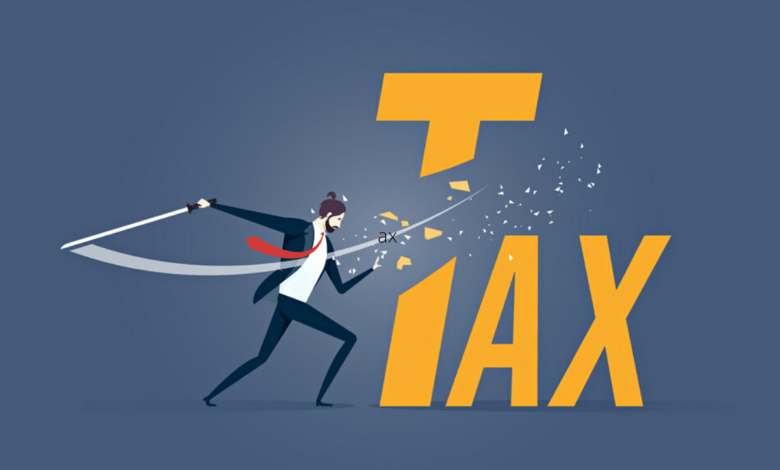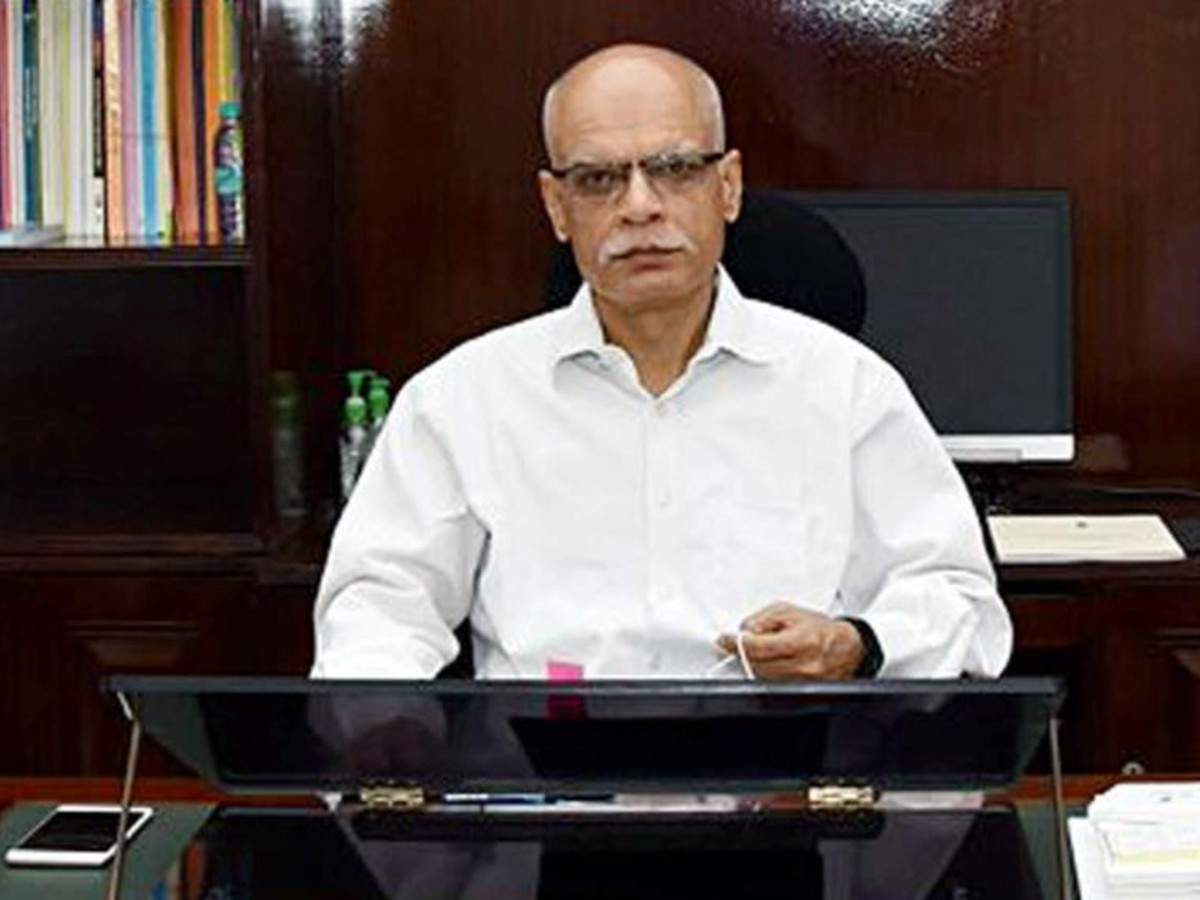How much direct tax did the government collect this year in 2022?

What is a direct tax
A direct tax is paid by an individual or group of individuals directly to the body that levied it. Taxes on assets, real estate, personal property, and income are a few examples that are all paid by an individual’s income to the government directly.
The ability-to-pay premise underlies direct taxes inside the United States to a considerable extent. According to this economic tenet, individuals with more resources or an increased salary should pay more in taxes. According to some opponents, this deters people from working hard and increasing their income because they must pay more taxes the more money they produce.
Direct taxes could be transferred to another person or organization. The person or entity upon whom the tax is imposed is liable for paying it.
Taxation is the antithesis of an excise duty, which is imposed on one entity—in this case, a seller—and paid for by another—in this case, a customer in a retail environment who must pay sales tax. Both types of taxes are significant sources of income for governments.

How much direct tax was incurred
According to the Direct Tax Collections data for the Budget Year 2022–23 as of 17.12.2022, net revenues are all at Rs. 11,35,754 cr, up from Rs. 9,47,959 cr in the same period of the previous Financial Year, i.e. FY 2021–22, or a 19.81% rise.
As of 17.12.2022, Corporation Tax (CIT) was collected for Rs. 6,06,679 cr (net of refunds), while Personal Income Tax (PIT), which includes Securities Transaction Tax (STT), was collected for Rs. 5,26,477 cr (net of refund).
Before accounting for refunds, the Gross Direct Tax Collection for the FY 2022–23 is Rs. 13,63,649 crore as opposed to Rupees. 10,83,150 crore for the same time in the previous financial year, representing an increase of 25.90% above F.Y. 2021–22 revenues.
Corporate Tax (CIT) at Rs. 7,25,036 cr & Personal Income Tax (PIT) comprising Securities Transaction Tax (STT) at Rs. 6,35,920 crore are included in the total revenue collection of Rupees. 13,63,649 crore. Advance Tax is collected at Rs. 5,21,302 crore, Tax Deducted as Source is collected at Rs. 6,44,761 crore, Self-Assessment Tax is collected at Rs. 1,40,105 crore, Regular Assessment Tax is collected at Rs. 46,244 crores, & Tax under the other minor headings is collected at Rs. 11,237 crores.
As of 17.12.2022, the total advance tax receipts for the first, second, and third quarters of the fiscal year 2022–23 were Rs. 5,21,302 crore, up from Rupees. 4,62,038 cr for the same period of the fiscal year just prior, i.e. 2021–22, representing an increase of 12.83%. Corporate Tax (CIT) at Rupees. 3,97,364 cr & Individual Income Taxes (PIT) at Rupees. 1,23,936 crore are included in the Advance Collecting taxes of Rupees. 5,21,302 cr as on 17.12.2022 respectively.
The processing of tax returns submitted during the current financial year has advanced significantly, with about 96.5% of the officially confirmed ITRs completed as of 17.12.2022. The amount of refunds provided in the current fiscal year has increased by about 109% as a result of the quicker issuing of refunds. As of 17.12.2022, reimbursements of Rupees. 2,27,896 crore have indeed been given in the FY 2022–23, up from Rs. 1,35,191 crore during the same time in the prior Financial Year 2021–22, representing an increase of more than 68.57%.
Centre’s net direct tax collection reaches 80% of the budget estimate
The Central Board for Direct Taxes (CBDT) reported on Sunday that the net direct taxation of the central government, including the December installment of advance tax receipts, has increased by 20% so far in this fiscal from the corresponding period last year to 11.36 trillion, trying to cover about 80% of the budget period estimate for the entire fiscal.
Following the December installment, the advance tax receipts for the current financial year totaled 5.2 trillion, representing an increase of about 13%, according to CBDT.
This year, the government set a goal of 14.2 trillion dollars for direct tax revenues, which includes corporate and individual income taxes.
After deducting tax refunds, the Centre collected 5,26,477 cr in personal income taxes up till December 17 and 6,06,679 cr in corporate tax, including stocks transaction tax (STT). The tax administration reported that around 2.28 trillion yen in tax refunds had been distributed so far this year.
Before accounting for refunds, the total amount of direct taxes collected this year to date has increased by 25.9% to $13.6 trillion from $10.8 trillion at this time last year. Before refunds, the Center collected 7.25 trillion in corporate tax and 6.36 trillion in personal income tax, including STT.
According to the method of collection, tax deducted as source (TDS) collection totaled $6.45 trillion, followed by tax liabilities ($5.2 trillion), self-assessment ($1.4 trillion), and regular assessment ($46,244 crore). The figures demonstrate how TDS has gradually spread across a range of economic activity, which is proven to be a successful tactic for the government in ensuring tax compliance. TDS has the benefit of serving as both a method of tax collection and a tool for data gathering.
The total advance tax receipts for the first, second, and third quarters of FY 23 are $5.21 trillion, an increase of over 13% from the same period last year. This year, corporate taxes will total $3.97 trillion & personal income taxes will total $1.24 trillion in advance tax revenues.
“The processing of tax returns for income submitted during the current financial year has advanced noticeably, with about 96.5% of the fully validated forms completed as of December 17th. The amount of refunds provided in the current fiscal year has increased by over 109% as a result of this, according to the CBDT.
Refunds totaling 2.28 trillion have indeed been given so far this year compared to refunds totaling 1.35 trillion during the same period last year, representing an increase of more than 68.57%, according to the CBDT.
The government expects direct tax collections to grow 30% in FY23
Even though monthly direct tax revenues net of refunds have started to slow down since August, the Union government forecasts direct tax income to increase by 25–30% in FY23.

The slower growth rate in focus remains tax collections, free of refunds, which might be attributable to greater tax refunds paid at a faster rate, according to revenue secretary Tarun Bajaj. Direct tax revenues are still strong, he added. Personal income tax & company tax make up the majority of direct tax revenue collection.
“We anticipate a 25–30% increase in direct tax receipts in FY23. It should be noted that with the IT site operating properly, there has been an increase in the number of refunds issued. We are giving reimbursements more quickly, “added Bajaj. “Around 45% of taxes are processed on the same day they are filed, and another 30% are completed within seven days. Nearly 1.5 trillion has been received indirect tax refunds, 81% higher than at the same period the previous year “said Bajaj.
For the current financial year, a 25% increase in direct tax revenues translates to approximately $17.25 trillion in income.
Strong direct tax collections are anticipated to function as a buffer against greater government expenditure owing to higher-than-budgeted fertilizer and food subsidies, with excise and customs duty mop-up likely to just be lower than last year.
Gross tax receipts are more important to consider when evaluating the state of the economy since net tax receipts after refunds are a moving target.
The government has issued 1.53 trillion in refunds thus far this year, 81 percentage points more than during the same period the previous year. Gross direct tax revenues as of October 8 are up 23.8% over the same period last year. Direct tax revenues have not decreased, according to a source familiar with how the government evaluates the amount of taxes collected.
In comparison to the $14.09 trillion collected the previous year, the budget estimates direct tax receipts at $14.2 trillion, which shows a highly cautious budget forecast for direct tax revenues.
Business & individual income tax collections increased significantly in July compared to the same month a year earlier, but they decreased in August. Overall, though, this year’s corporate and personal tax collection figures have shown robust increases.
According to experts, the reason August’s net collections were down from the same month last year was that the assessment year 2022–23’s income tax return filing deadline was in July, followed by prompt tax refunds. The end of December was the deadline for submitting tax returns for the assessment year 2021–2022.
The government revealed data from the chief controller of accounts last week that indicated direct tax revenues in August, which include personal income taxes and company tax, decreased 42% to 34,972 crores. Personal taxes collection was down 38% in August compared to the same month last year, while corporate tax mop-up decreased by 50% throughout the month.
However, figures made public by The Central Board of Direct Taxes on Saturday revealed that direct tax revenues reached 7.45 trillion between 1 April & 8 October, a 16.3% rise in net receipts from a year earlier. In actuality, it represents 52.5% of the overall direct tax budget forecasts for FY23.
During this time, refunds totaled 1.53 trillion yen, an increase of 81% over the same time last year. Up until publication time, an email submitted to a spokeswoman for the finance ministry received no response.

At a gathering on September 27 in New Delhi, CBDT President Nitin Gupta stated that 58.3 billion returns for AY22-23 were submitted in July, and that about 93% of the validated returns had already been processed. When compared to the prior year, the number of reimbursements provided to date has increased by approximately five times, he added.
The ecosystem will benefit from adherence to the refund filing deadline and no postponements, according to Archit Gupta, founder and, CEO of the fintech company Clear. This will help to improve compliance and free up time for accounting professionals, who can then concentrate on other compliance requirements for their clients.
“We are optimistic that the upward trend in advanced tax collections will continue in the remaining months of this fiscal year. The overflow of return filing the year before post-July is what caused the increase in individual income tax revenues in July versus the same time a year ago & the slowdown in August in the year and the same period annually ago. If July 31 is the due date, the majority of individuals typically complete paying their debts by that day, and overflow after the due date is minimal, according to Gupta.

Aditi Nayar, research director of ICRA Ltd., predicted that non-excise tax receipts will be 3–3.5 trillion more than budget predictions before decentralization to the states.
Due to measures like the tax cut on gasoline and diesel and the suspension of customs duties on cotton to combat inflation, the collection of customs and excise duties decreased during the first 5 months of the year. In response to worries that private investment would stall as a result of monetary policy tightening, the government is attempting to reduce unnecessary spending.
The expansion of the free production of the wheat program, which would cost the exchequer an extra 44,762 crore, was announced by the government last month. It will raise the overall cost of food subsidies this year from the budget‘s predicted 2.06 trillion to 3.2 trillion.
Additionally, with effect from July 1, the Union cabinet approved the distribution of an additional 4% dearness for government workers as well as dearness relief for pensioners. In the eighth and final months of this fiscal year, this is predicted to add $8,468 crore to the government’s budget.
Edited by Prakriti Arora




